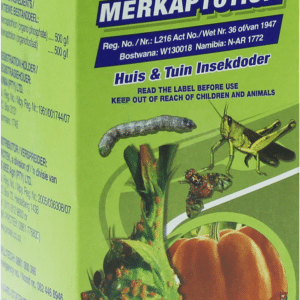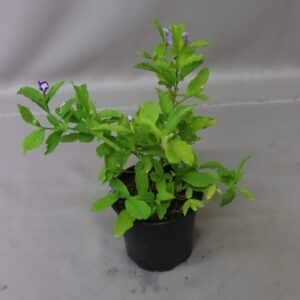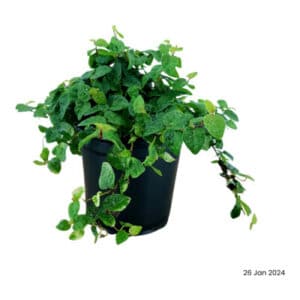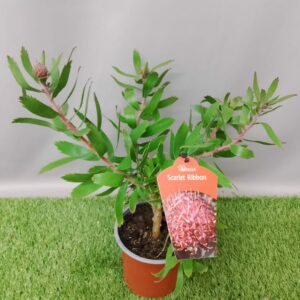Choosing Good Koi Food
DIY and how-to
Choosing Good Koi Food
Walk into a couple of pet shops or supermarkets and you will be amazed at the variety of Koi food available. These foods come in various shapes, sizes and colours – ranging from flakes to crumbles to pellets – to comply with the specific requirements of every Koi owner. Most of these foods claim to be manufactured from the best quality ingredients available and to supply all the nutrients essential for the fish to thrive on. But is quality of ingredients a good enough guarantee for Koi food? In attempt to be more competitive, fish food companies have begun targeting fish owners with the same health concerns that human food manufacturers have been using to market their products.
Here are just a few of the label claims often found on packaging:
“Extra vitamins added” – Often manufacturers list all vitamins and minerals present in their food making it look impressively more complete than the ones only stating “containing essential vitamins and minerals”. Is there really any difference?
“Contains low ash levels for optimum water quality” – Calcium and phosphorous are two important components of ash, and also two essential minerals for growth. Be careful of discriminating against ash as a contributor to pollution, without taking excessively high fibre levels into consideration.
“Contains no additives” – Two types of additives are included in pet food products: those that are nutritional and those that add other benefits to the food such as preservatives and health promoters. Additives often permit the supplementation of a product to increase single nutrient levels without disturbing the levels of other nutrients in the diet. The benefits of additives should therefore first be recognised before making a food choice.
“Contains only all natural products” – If a food is marketed as “only made from all-natural ingredients”, we often think of synthetic ingredients as inferior and shy away from all foods that may contain them. The truth is, a fish’s body cannot distinguish between vitamins that occur in natural ingredients and those that are produced synthetically. The use of synthetic nutrients helps achieve the high degree of nutritional balance found in good quality fish foods.
“No colorants added” – Artificial colours used in most fish foods are often the same as those approved for use in human foods. There is no disadvantage in using coloured food pellets as long as they do not colour the pond water.
“GMO-free” (suggesting that non-labelled food may turn your Koi into “Frankenstein”-Koi) or “Free of all animal products” (following the mad cow disease crisis). How much further are manufacturers going to exploit this “consumer scare” to market their products?
Of course, the label on a bag of fish food should give a great deal of information about the product inside the bag to assist the Koi owner to make the right choice between brands.
Unfortunately Koi food is not as well regulated than other pet food. Registration of ornamental fish food with the Registrar of Farm Feeds is still optional and only a few of fish food manufacturers or distributors have undertaken this option of ensuring their customers that their foods comply with local recommendations for fish food.
If you’re skeptical about the information provided on the label, a quick physical examination of the food may give you an indication of product freshness:
- Unusual colour and odour is easy to detect. Any sign of mustiness or smell of rancidity may be a good indication as to whether the shelf life of the food has expired.
- The food pellets should be free flowing and should be without any sign of cakes or lumps. These normally occur when food was not properly dried after manufacturing, making it susceptible to fungal growth and consequent micotoxin contamination.
- Any evidence of insect infestations or the presence of bird and rodent droppings and feathers can increase danger of salmonella and other infectious microorganisms in the food. The use of such food may result in allergies, infections and death.
The nutritional value of Koi food depends on the quality of the formulation, ingredients and manufacturing. The quality built into a product is difficult, if not impossible, to determine by reading the label alone. If the packaging states a contact number, it is a good idea to call and inquire about the manufacturer. Whilet is often safe to trust label guarantees and claims as an indication of high nutritional standards, it may require a bit more investigation by the Koi owner to ensure that high nutritional standards are maintained during manufacturing process. That is why Stodels Pet and Fish centres only stock top quality Koi foods like Aquanutro, Astro and Aquamaster, to name a few. If you are unsure, kindly advise our consultants and they will gladly assist you




